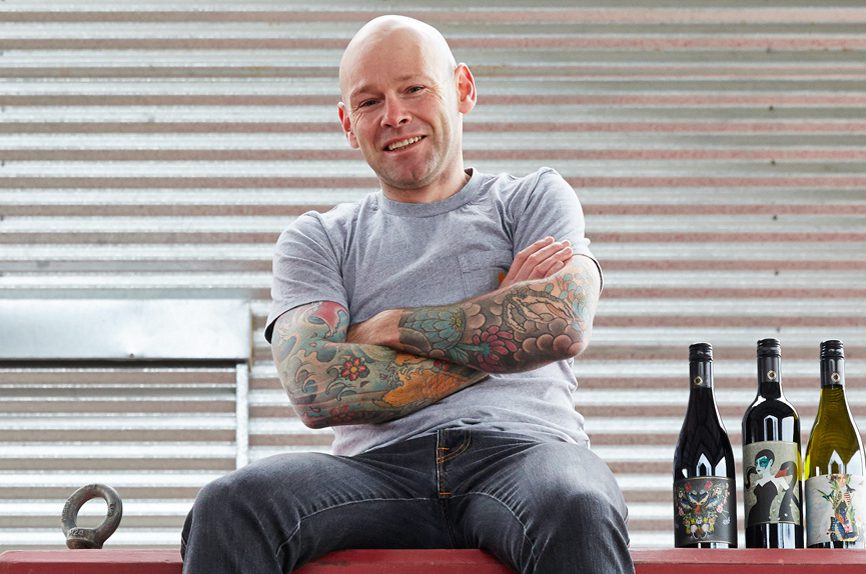
Adelina from the Clare Valley has won Vineyard of the Year at the third annual Vineyard of the Year Awards announced in Melbourne on Tuesday night – the first in-person presentation of the awards.
“We were told in 2002 to pull the vineyard out and start again,” owner Col McBryde says.
“We resisted.”
Today, the Adelina vineyard is certified organic and those old vines are in fine health.
Granjoux from Beechwork won New Vineyard of the Year, Yangarra High Sands in McLaren Vale won Old Vineyard of the Year, and Hither & Yon Sand Road won Innovative Vineyard of the Year.
A rigorous process of analysing all applications, including thorough site visits to shortlisted finalists, was undertaken over the last six months, with the judging panel reaching a consensus on the winners of the four trophies.
The Awards were founded to bring vineyards and their stewards into the limelight, to celebrate the tireless work amongst the vines, the special sites, and the commitment to sustainability on all levels.
The judging panel consisted of Max Allen, Dan Falkenberg (Eden Hall), Kerry DeGaris, Kim Chalmers (Chalmers) and Melissa Brown (Gemtree).
They were supported by the vineyard inspectors Rhys Fitzgerald (Nutrien Ag Solutions), Kellie Graham, Darren Fahey, Nigel Squire (Nutrien Ag Solutions), John Whiting and Michael Zerk (Nutrien Ag Solutions).
“It was great to be able to gather together with so many inspiring winegrowers for this year’s awards after two years presenting them online,” says Max Allen.
“Making connections is what this event is all about: connecting wine lovers with the places where our top wine are grown; strengthening the link between all the hard work that goes into growing grapes with the flavours and quality of the wine in our glass; and bringing passionate, hard-working, deep-thinking viticulturists, vignerons and vineyard managers together, to talk, learn and encourage each other to continually improve what they do.”
“Having been involved in VOTY site inspections the last two years, the main thing that stands out amongst these finalists, who are leaders in the field, is the level of adaptation and innovation – particularly in response to our changing climate,” says vineyard inspector Nigel Squire from Nutrien Ag Solutions.
“There is also an inspiring culture of collaboration, from bringing the winemaker on a multi-year journey to craft the vineyard to the best possible outcome, to sharing learnings that come from vineyard owners, managers and their teams to help the viticulture industry collectively improve.”
Vineyard of the Year
Adelina – Clare Valley
In the Clare Valley subregion of Springfarm, just south of the Clare township, the Adelina vineyard is a place of history.
The first vines were planted in the early 1900s and supplemented sometime in the ’40s.
When Col McBryde and Jennie Gardner took over the management of the site their work was cut out for them.
With rampant wild olive trees and weeds aplenty, they set about regenerating the landscape.
“We were told in 2002 to pull the vineyard out and start again,” says McBryde.
“We resisted.
“Wrapped by the Wendouree and Aberfeldy vineyards, the site is steeped in the heritage of Clare and Australian wine folklore.”
Today, the vineyard is certified organic, and those old vines are in fine health, while further plantings increasing the vineyard size a little.
It’s still backbreaking manual work, but the labour is evident in the glass with utterly individual, unadorned wines of place.
McBryde turns the fruit into Adelina’s iconic estate wines, a Shiraz and a Grenache, while also contributing to a Shiraz and Mataro blend – coupled with fruit from a venerable neighbouring site – and a field blend of both white and red grapes.
“Twenty years ago, the behaviour was focused on the production of wine,” says McBryde.
“However, our paradigm shifted a few years after that to more of a focus on growing vines…
“Our winemaking practices have changed, albeit slightly, but the resultant wines are more finessed, brighter and focused, which we happily attribute to changes in the vineyard.”
New Vineyard of the Year
Granjoux – Beechworth
The Granjoux vineyard is the passion project of Peter Bartholomew and Donna Pelka, inspired by the research and ongoing input of legendary viticulturist Mark Walpole.
Just outside of Beechworth, the relatively steep site had been planted in the 1860s, with the only remnants of that occupation the durable dry-stone walls and ruin of a winery.
Armed with historical records, the trio embarked on both honouring the history and fine-tuning the methods to densely plant an individually staked vineyard that is in part inspired by the vineyards of the Northern Rhône, for both viticulture and varieties, but also committed to the regional star, Chardonnay.
“Improvement in fruit quality is the never-ending quest,” says Bartholomew.
“The vineyard is managed to such a low yield – with the eventual target of seven tonnes of fruit from the 5,800 vines – that fruit quality is easier to manage.
“Mulching, water management, leaf management are the tools that we use.
“We try to keep it all as natural as possible – a homage to the original 1860s vineyard.”
Old Vineyard of the Year
Yangarra High Sands – McLaren Vale
The beating heart of the McLaren Vale’s lauded Yangarra Estate Vineyard is the collection of bushvine Grenache that was planted a year after the cessation of hostilities in World War II.
It’s not that long ago that this might have been seen as a liability, but today it represents one of the most precious resources in the Vale.
And that growing consumer appreciation for the grape has been heavily influenced by the wines made by Pete Fraser from fruit farmed by Michael Lane, with over a decade and a half of biodynamic management and deep focus on regenerative agriculture and sustainability.
The High Sands Vineyard produces Yangarra’s pinnacle bottling – an emblematic wine for the what is becoming one of Australia’s most exciting grapes.
“Looking back on the history of this vineyard, it’s interesting to imagine the old vine grenache being farmed with horses back in the day,” says Lane.
“This was planted as a block that would need little management, producing fruit destined for old-school fortified wines.
“We’re so grateful it wasn’t removed during the vine pull of the 80s, and grenache has now made a resurgence as a popular mainstream variety.
“It’s truly a living part of the heritage of the McLaren Vale region.”
Innovative Vineyard of the Year
Dubbed ‘The Groundbreaker’
Hither & Yon Sand Road – McLaren Vale
The Leask brothers’ Hither & Yon label is based out of their Sand Road Vineyard – supplying 80 percent of their needs – with 23 hectares of vines that have been tweaked over the years to favour Mediterranean varieties that perform well in warm conditions, producing midweight wines with food in mind.
The site is managed with a focus on regenerative agriculture by Richard Leask, who manages the viticulture and winemaking.
“We are close to McLaren Flat with two creeks running through the property on what would have been a floodplain at some point in time,” says Richard Leask.
“This provides lots of large gum trees, and it is where we have planted thousands of natives in our commitment to continually improve the property’s biodiversity.
“Our vineyard, I would think, is more diverse than any other in the region, with 19 varieties across 23 hectares, it gives us tremendous flexibility and resilience.”
Related content
Finally, Some Recognition For Vineyards
The Top 50 Vineyards At The Heart of Australian Wine
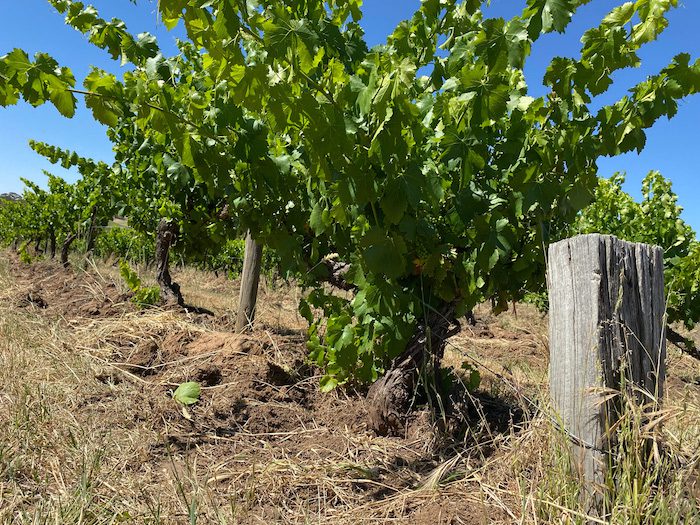
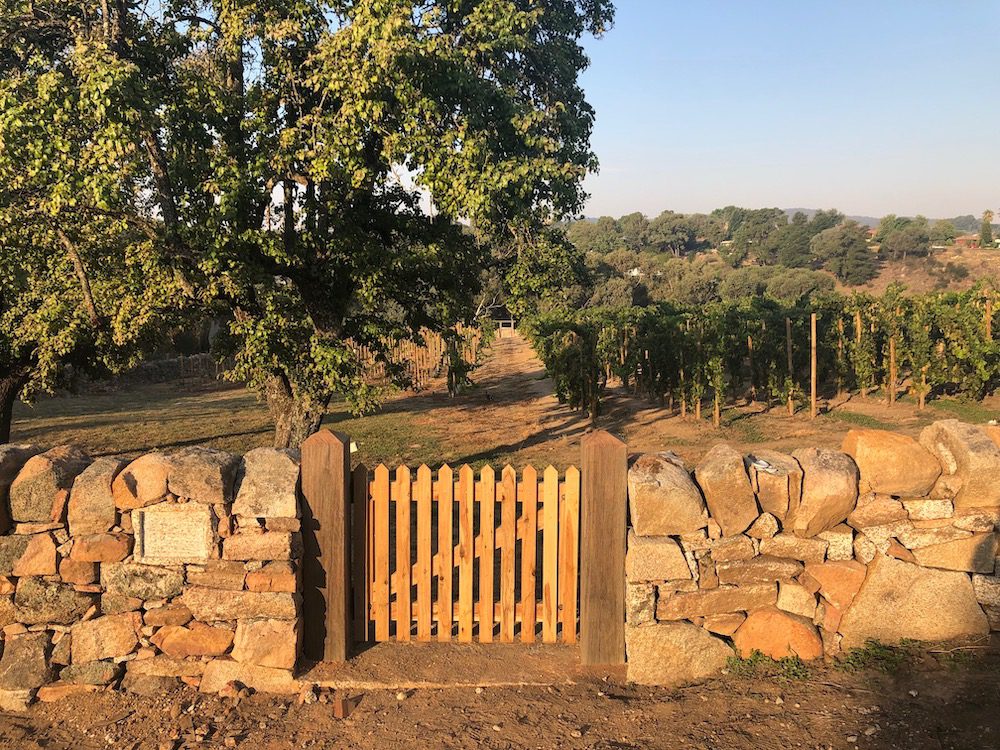
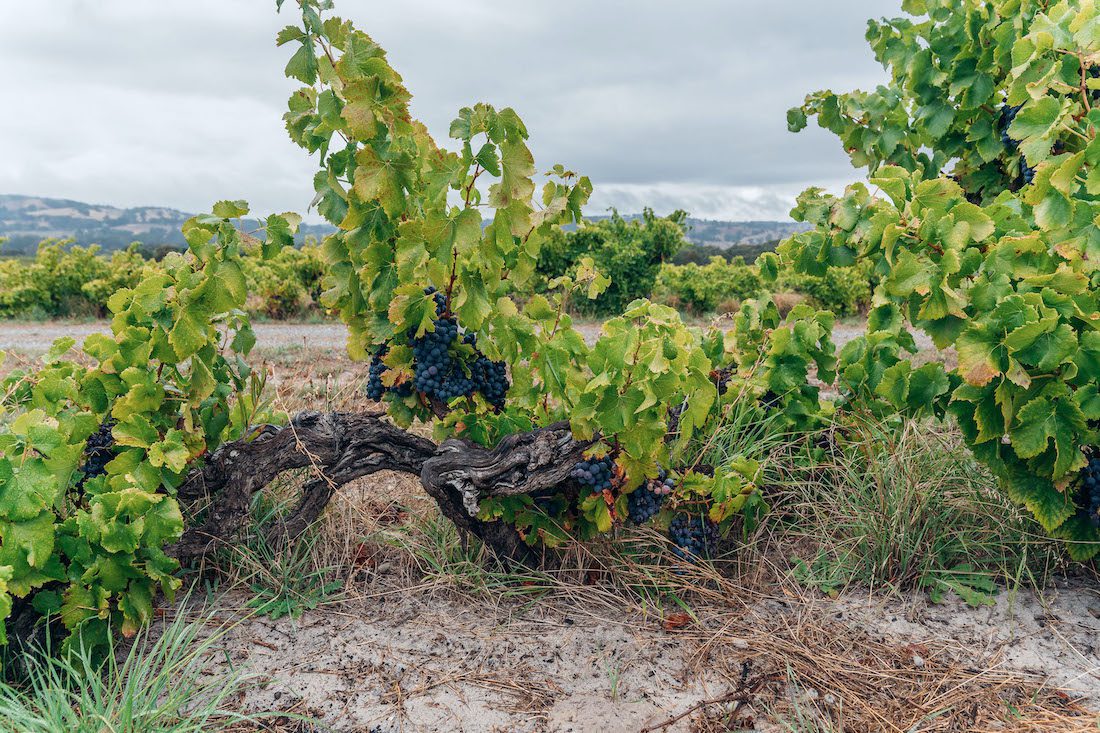
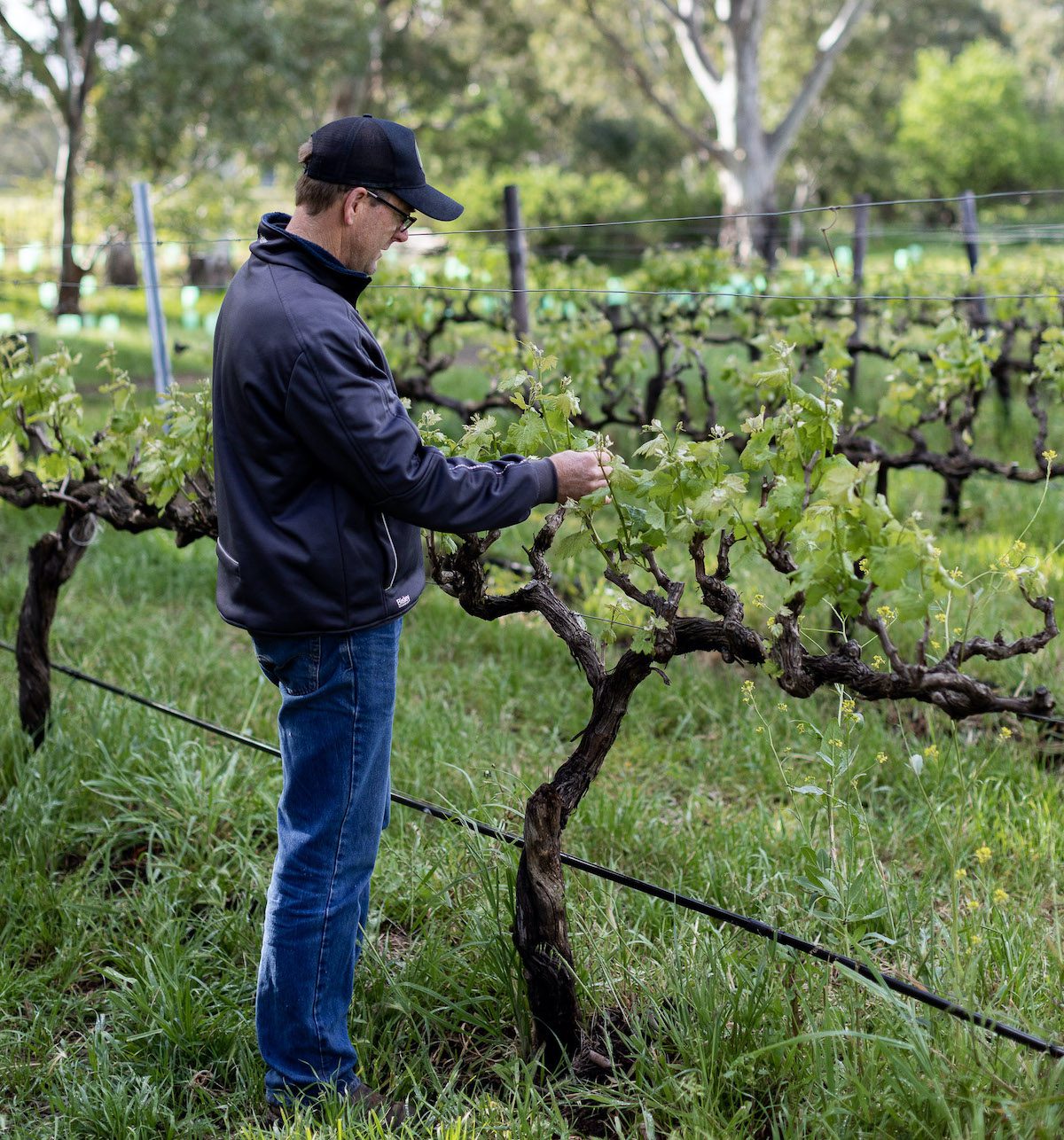





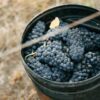







Recent Comments